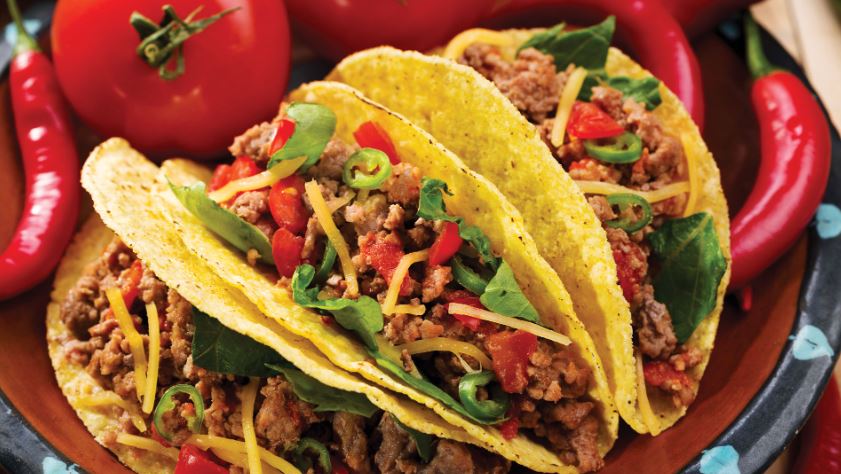Many people use the terms “Mexican cuisine” and “Tex-Mex cuisine” interchangeably. But, in reality, there is a distinct difference between the two. Mexican cuisine is the traditional food of Mexico that has been around for centuries. Tex-Mex, on the other hand, is a less authentic version of Mexican cuisine that originated in Texas. Let’s take a closer look at why Tex-Mex is not authentic and why it was created in the first place.
The Origin of Tex-Mex Cuisine
Tex-Mex cuisine originated during the 19th century when Tejanos (Texans of Mexican heritage) attempted to replicate their ancestral roots by combining elements of old world cooking with local ingredients like beef, cornmeal, and chili peppers. This new style of cooking quickly gained popularity among Texans who were looking for something different from traditional American food. As a result, restaurants throughout Texas began serving what we now refer to as “Tex-Mex” dishes such as tacos, burritos, enchiladas, and queso dip.
Why It Is Not Authentic
Despite its popularity, Tex-Mex is not considered an authentic form of Mexican cuisine because it is parley influenced by American culture instead of traditional Mexican culture. For example, many common Tex-Mex dishes like nachos are made with processed cheese instead of freshly made queso fresco or cotija cheese—both staples in real Mexican food. Additionally, Tex-Mex dishes often contain added ingredients such as ground beef or refried beans that are not found in traditional Mexican recipes. Finally, due to its heavy reliance on spicier flavors than those used in Mexico itself, some consider Tex-Mex to be an inferior imitation rather than an authentic representation of true Mexican cuisine.
While some may consider Tex-Mex an inferior version of real Mexican food due to its lack of authenticity and reliance on Americanized ingredients and flavors, it still has its place in culinary history—especially here in the United States. After all, it was one way for Americans to enjoy a tasty rendition of classic Hispanic dishes without having to give credit where credit was due; namely to the Mexicans whom they thought less off at the time. Today though times have changed! We can now appreciate both styles side by side – with each having their own unique flavor that offers something special when enjoyed together! And while they may not be exactly alike – both styles offer deliciousness that we can all enjoy!

